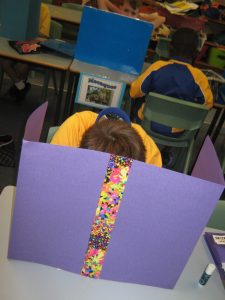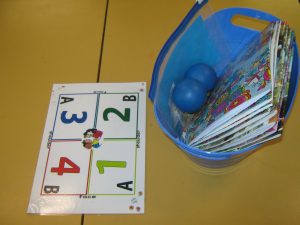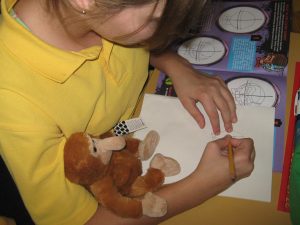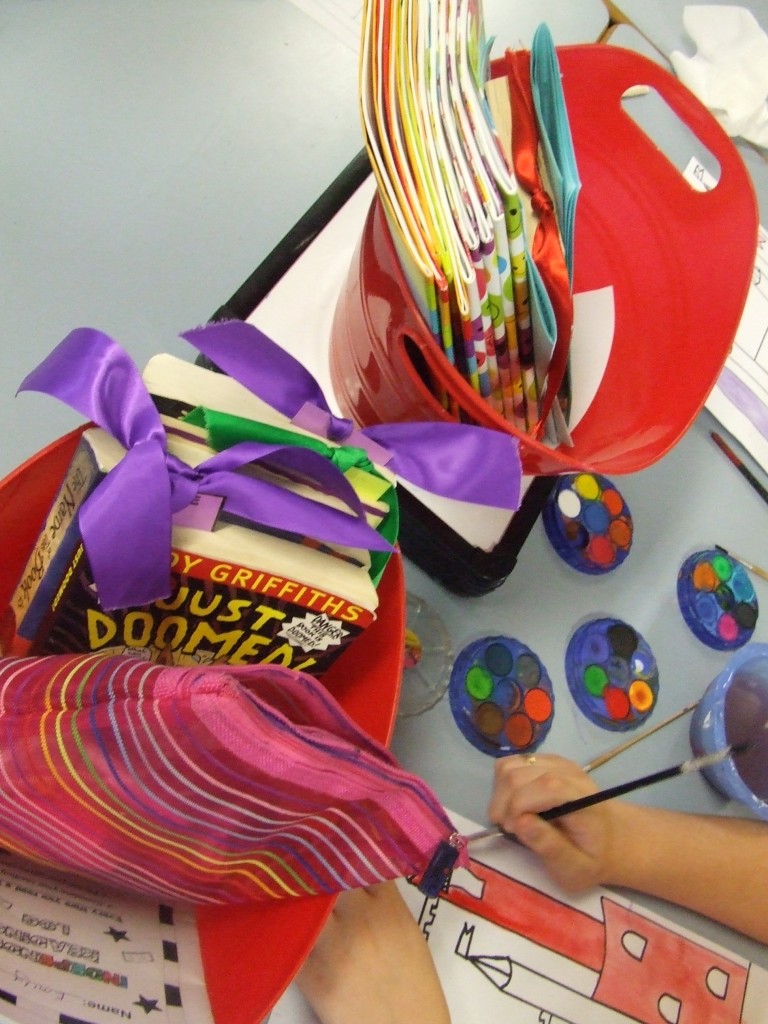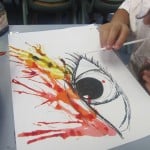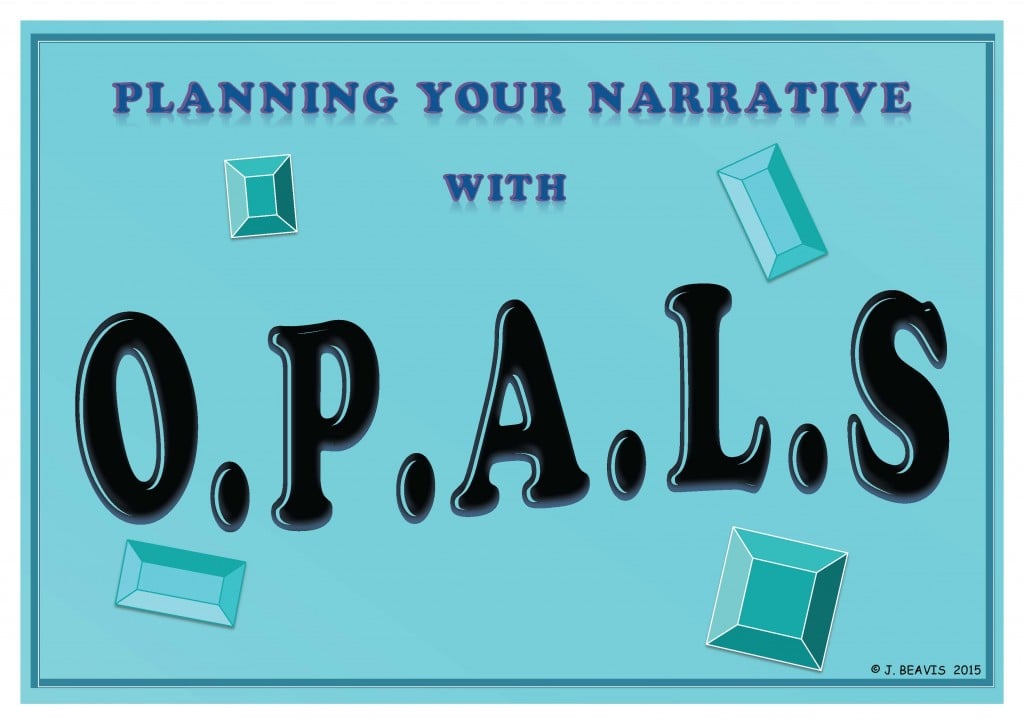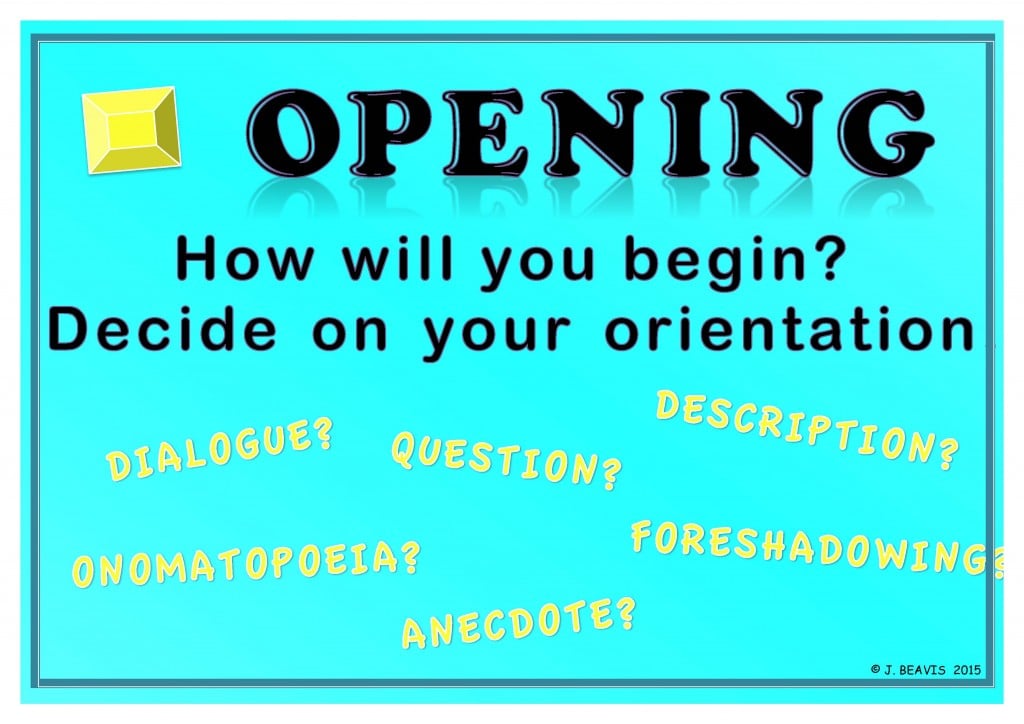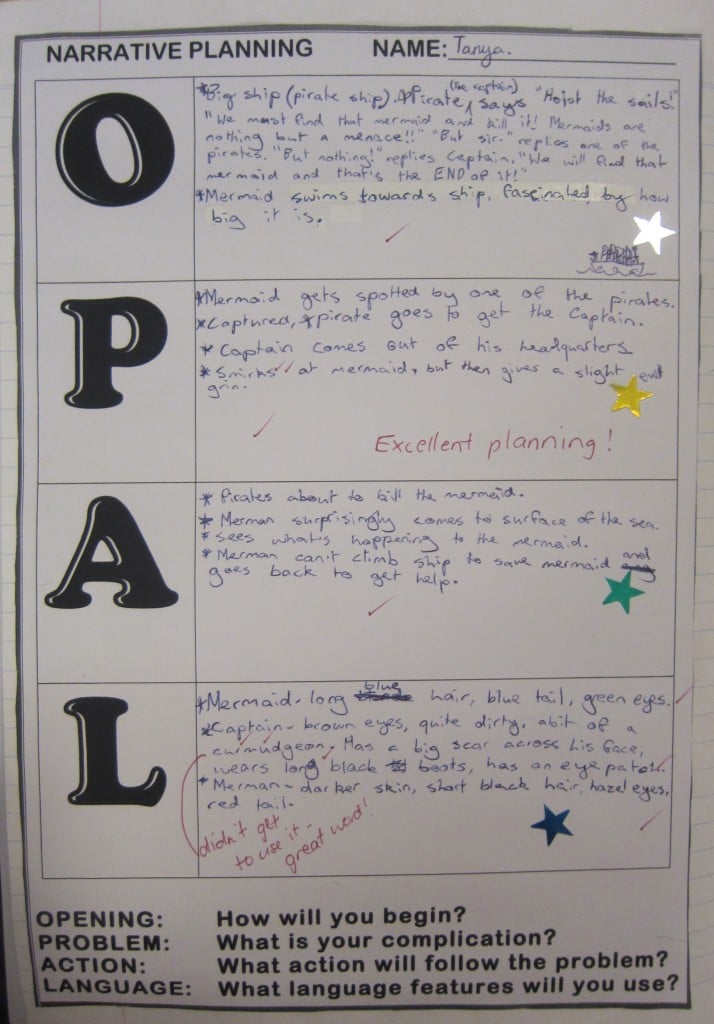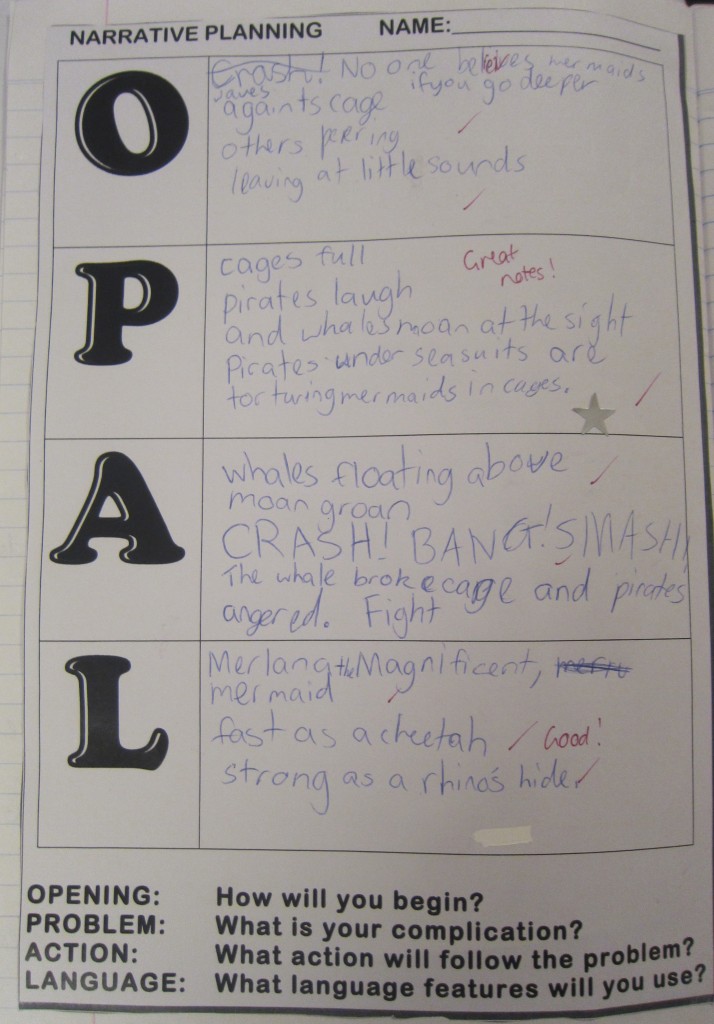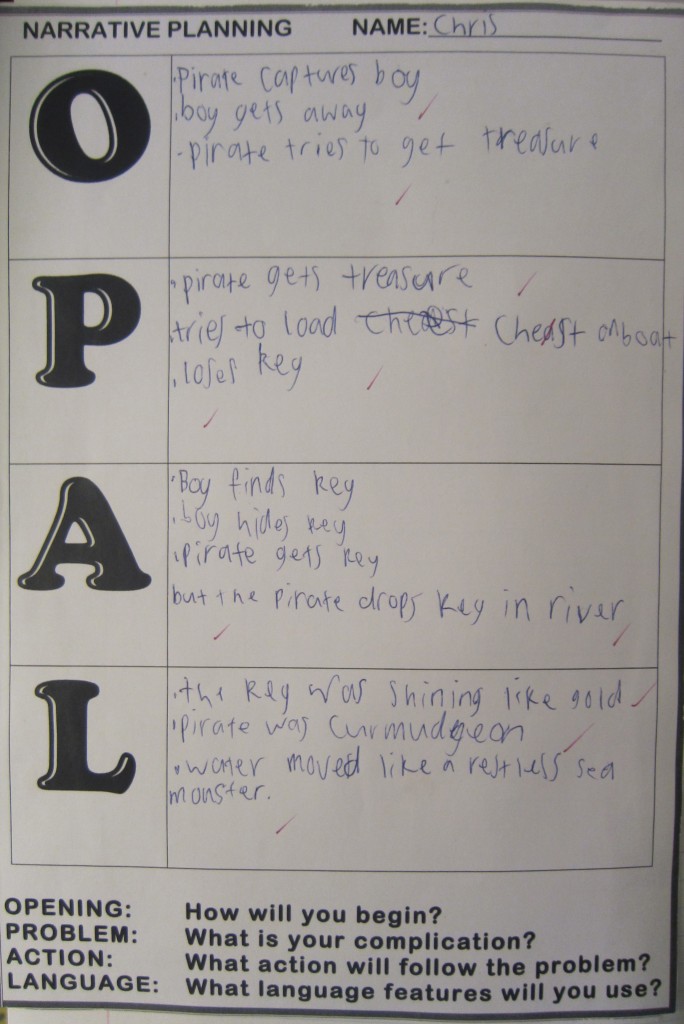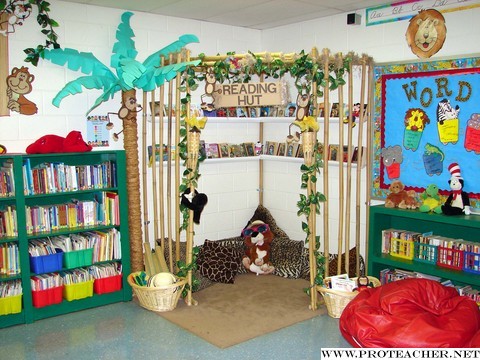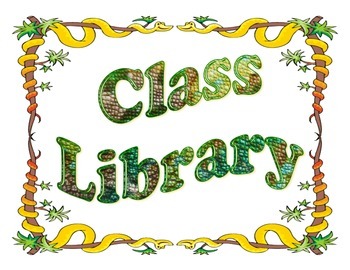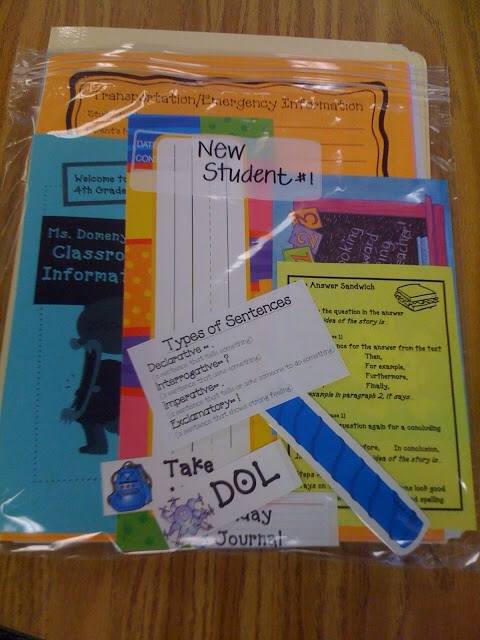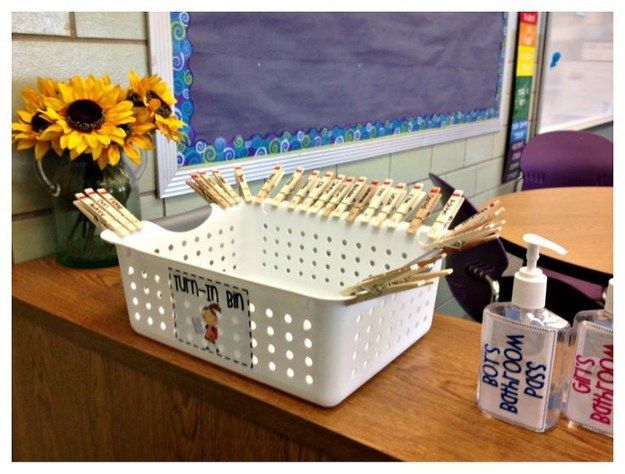A DAY IN THE LIFE… of a busy Assistant Principal
It’s true. I’ve neglected this blog for so long. Not because I don’t want to write posts. I have so many ideas for posts. I’d love to find some spare time to write about amazing lessons, share great resources, reflect on trends in education etc … but I simply cannot find the time. Like most teachers in NSW, or Australia, or anywhere in the world today, each week we face burnout and have to accept that there are not enough hours in the day to get everything done, or give everything all we’ve got. And most teachers I know are overachievers who feel that they let themselves, their students, their colleagues or their families down when they drop a ball.
We have so many balls in the air we cannot juggle them all. I constantly tell this to my less experienced staff who are in their first 5 years of teaching, or the first year on a class for 12 months. I say “Just accept that every term one area of your teaching will be awesome, and another area will be crap”. I accepted this long ago, and it has been even more apparent as I share my class teaching duties with my role as an Assistant Principal (AP). Never have I had a perfect term with 6 perfectly taught KLAs.
So I wanted to write a post like this for a while, or even a series of posts, focusing on “A day in the life of …” Half way through the day featured in this post, I thought, yes, this is the kind of day I am talking about. The day that drains you and pulls you in all directions. I did a poor effort in explaining the stresses and events of the day to my partner, and without running him through all the minutiae, he couldn’t quite grasp why I had come home sensitive, snappy and exhausted. So to enlighten him, and many other people in the world, here is a rundown of my day.
A Tuesday – towards the end of term
7.20am I arrive at school after my long commute. I have to leave early to beat the traffic, but it means I can get some time to myself in the morning to get things done before others arrive. As I tell newer Assistant Principals – “Your time is not your own”, so cherish those quiet moments you can just focus on getting what you want done, without half the school seeking you out for some reason.
Once I arrive I make a cup of tea and eat breakfast, unpack my bag and my laptop. I open my emails, checking anything urgent. I am suddenly inspired to open the pack of Year 6 graduation photos that have been on my desk for a week, complimentary from the school photographer company. This was a bad decision as I realised that the photo they had chosen of ‘All of Year 6’ wasn’t ‘all of Year 6’, as 2 students were missing, who were present at school on the day. Flashbacks to photo day (madness in March it was) and I recall 3 classes being out on an excursion, some meltdowns, photos being taken through lunch and a whole lot of juggling of timetables. I am super annoyed this has happened, as we cannot send a photo home of ‘Year 6’ to two families whose children are not in the photo, and to make it worse, were not even mentioned by name.
By now my School Administration Manager (SAM) has arrived so I go and chat to her about the issue, and possible solutions. Since these were complimentary photo certificates, can we ask them to come back and retake the photo and reprint all the certificates? Can we just reprint with head shots only? Will we have to pay for it? I then tell my Principal who has just arrived and we decide the SAM will call the company to see what our options are. Luckily, I opened the photos now and not just left them in my office till December when we need them! (Not that I have ever done that….EEK…YES).
8.00am We then assess ‘The Board’ – a.k.a the whiteboard in the office corridor that explains the comings and goings of staff, who is out, who is in, who is replaced, timetable changes, duties covered. For the umpteenth time we joke that we need a bigger board. We have six teachers absent today as well as two teacher’s aides. Miraculously, we have casual teachers for all, so no splitting classes today. (But we did split one Monday, then Wednesday, then Thursday). We assign all casuals playground duties, change RFF times and reallocate any other blocks of time that we can use. The SAM then prepares the casual folders, lists and keys for new timers and I go searching or ringing for staff who need to know about necessary changes.
I walk through the playground, tell off a bunch of kids for not sitting down before the start of duty, check in with 4 people, see the General Assistant (GA) and tell him I will catch up with him soon about the installation of 3 new Interactive Whiteboards (Assistant Principal Technology Coordinator Extraordinaire), direct a new casual to the office, say hello to a number of parents and students and then end up back at the office. We have families coming today to see a number of projects, so the other Assistant Principal and Principal are busy with that. One Assistant Principal is at a conference, one is at home with a sick family member, and one is in Europe on leave. We have two relieving APs, both doing a great job.
8.30am I continue to troubleshoot the morning and make sure we have covered everything. Faces come and go and ask or inform me about anything and everything. What about 4F’s computer time? What time is the case meeting? Who’s doing detention duty today? Do we have someone to cover gate duty? What is the staff meeting about today? Can you fix my computer? There’s a parent on the phone for you. There’s a child wanting to see you. Here’s that form you need to fill out. Sorry I ate your lunch yesterday.
8.55am Morning assembly and line up. I greet my class and check in with student A – high needs, whose Occupational Therapist is there to observe him. I check in with students B and C, anxious students who may need support due to a number of family issues. I rush up to the microphone (Tuesday – my day, oops!), greet the school and do any messages. Gardening club, dance group, who’s not here, bring notes for this etc.
9.05am My teaching day starts! I continue to talk to student A as we walk to our room. Have you had breakfast? No? Have an Up and Go. Did you sleep? Where is your engine? (Our mood checking language, low engine = tired, depressed, inactive; high engine – overly active, impulsive loud). My room is far away so we stumble through the playground and get going for the day! I play the entry song, bags away, grab whiteboards, come to the floor ready for morning routine. Do a roll check, hmmm student D still not back, will have to phone and check. I see someone is teary, ask my teacher’s aide to check in with that student. I am only on class for the first hour on Tuesdays as I am released the rest of the day for AP duties. My class have computers, library and another teacher for the afternoon.
9.30am. After morning routine (with student A very low and needing support and redirection to perk up and stay awake, student B being upset and rolling under desks, ignoring all encouragement and redirections) student E walks in, completely out of uniform, late (late nearly every day), surly. The staff member who brings her in then fills me in on the events of the morning – causing the surliness. I do my best to engage and encourage student E to join in, but student E refuses, sits at desk and draws and writes in her journal. First chance I get I go over for a conference, check in, tell her we’ll catch up later. The next 30 minutes are our spelling and vocab lesson, much the same – supporting student F and student G who are writing at an early kindergarten level (in year 3), throwing out extension ideas for my ten students working beyond year 3 and 4, encouraging student B to come out from under desks. A quick check in helps, as most of my students with high needs just need time, care and support from me. Beneficial, but time consuming. Student A has perked up, good. I also have 3 phone calls on the classroom phone in this first hour from the office, another teacher, the boss. Again, an AP’s time is never your own.
10am I’m off class now as I organise my students for computers. I keep student E back for a lengthy chat about the morning, including her altercation with the principal. Usually stubborn, she responds to our chat as we walk to the ICT room and agrees to meet me at detention later that day, which is a small win. I drop my students off, speak to an aide who lets me know that a class with a casual teacher is mucking up, and tells me some students who might need to be removed, students I am managing constantly. I am meant to meet with a staff member about an excursion on Friday that affects half the school to organise lists, rosters, split classes, teacher roles etc. I forget that ICT regional staff are here to meet me for a site inspection of cables, switches and wireless.
10.15am Put my “ICT coordinator” hat on and walk around the school for 45 minutes with the two ICT visitors. This involves entering a number of classrooms and storerooms. In my travels I come across several casual teachers, which is good as it gives me an overview of what is happening in classrooms, and who may need support – teachers and students! I speak to a few people and make a mental list to report back to the principal and rest of the executive team on any issues bubbling.
11.00am Back in the office, I farewell ICT staff, take a phone call from a staff member about a family of 3 with no food. Touch base with boss about casuals, ICT report, and her morning of dealing with a difficult school avoider and their family, and showing new families around. I take the 3 siblings to the canteen to get some food, then grab their contact details to follow up the lack of lunch, since this is the second time. Check in with student E at detention, speak to 5 other students at detention who I supervise in my role as AP, reminding them of school expectations, consequences etc.
11.15am Grab some quick lunch, touch base with a few people, read and send a quick email, fill out some forms and lists.
11.40am Lunch ends and I realise that in my organisation of the day – we had a case meeting and needed 4 staff to attend, I had overlooked 45 mins of RFF and a class was left hanging. MY CLASS. I frantically find my RFF teacher, throw her back on class, even though she was meant to be having her own time, promising to make it up on Thursday. See, dropping a ball.
Immediately after I’m called for assistance for 4 students in another class mucking up for a casual, and following a lunch altercation they were now getting physical. Since all other executive are either away or in the case meeting (that went for 2 hours) it’s just me left to do issue management. I remove the four boys, ensure they are calm, collect a fifth from the office who has been sent to calm down. Remediation begins, and I lose the next 45 minutes finding out who did what to whom for the last 90 minutes that lead to this blow up. A lot of he said, she said, dobbing each other in, changing stories and throwbacks to past issues. I diligently speak to all students, record it all and then lose my patience and decide enough! All boys agreed they had done something wrong and thus I dished out the consequences.
12.30pm By this point I figure there is no point sending 4 of these boys back to the casual teacher as it would only get worse and I would be called back to assist. So I keep them with me. They assist me to write a note home for their class cancelling their assembly item tomorrow as their teacher is away sick most of the week and they have not had time to rehearse. “Oh Miss? Do you write the notes? I always wondered who did that?” We get the note typed, printed, checked, copied and delivered.
12.50pm The boys and I head to the hall to rehearse with my choir. They aren’t impressed but I am not putting them back in class to just muck up again, and then be called out, I NEED to rehearse my choir as we are performing tomorrow at assembly. I rehearse the choir, pray that it will be alright on the day. Check in with my senior choir members who are heading off on a rehearsal excursion the following week. Have you brought your note? Can your mum drive students? Have you practised your parts?
1.20pm Dismiss the choir, return the boys to class on strict ‘you need to behave or else’ instructions and grab some recess (We have lunch first at our school). Finally speak to my colleague for ten minutes and sort out the excursion lists and details. Check in with my boss who has finished her case meeting and we discuss the welfare needs of the family with no lunch. I speak to one of the students and get some more info about what happens at home in the morning. Who makes lunch? What do you normally have? What happened today? Where was mum? Where was dad? How do you get to school? A few of these answers seem a bit dubious so I decide to ring home. After some unsuccessful calls we get in touch with dad, and I explain that the students had no food, recess or lunch and what had happened. I feel a bit off about this conversation so make a note of the day’s events in my diary, as I feel there could be hidden welfare issues. My boss and I decide to keep an eye on the family.
1.45pm Recess ends and I feel elated that maybe, just maybe the last hour will be quiet and I can get some things done, like assess a student’s reading (ha!), finally type up the purchase order for laptops (nup!) go and see the counsellor’s computer screen issues (nah!) or type up some notes for upcoming camp (really!). Of course none of this happens and I have 3 boys sent to me for playing in the toilets and throwing paper and sandwiches around. ONE of these boys I had just had for the whole middle session! We have had ongoing toilet issues so these students felt my wrath and left with their tail between their legs, reporting to detention tomorrow. I am then called out to assist 2 students at the same time (clone me please) who were melting down. My boss steps up (legend) and takes one and I head to MY CLASS (why is it always my class?) where I discover Student H has had a full scale tantrum because she didn’t get the flavour of cupcake she wanted from the birthday girl who had brought in homemade cupcakes as a class treat (Cupcakes and I’m not on class? Are their peanuts? I hope there was no candle, lighter, or matches!? Did my Jehovah’s witness student get one? She did? Will her family mind? Is my class now hypo? And most importantly, do I get a cupcake!?)
It seems Student H’s tantrum consisted of yelling at the birthday girl and throwing items, including the cupcake Tupperware container at her and sobbing uncontrollably. Seems she got ‘rainbow flavoured icing’ and she wanted ‘unicorn flavoured icing’ (whaaa? They’re both blue icing? My head hurts). I remove crying cupcake thrower and take her to the office to calm down and discuss why you can’t get upset over free cupcakes. These occurrences are a regular habit, so the behaviour monitoring level continues. I make a note to call/speak to her parents again when I get a chance (Maybe in 2020).
2.30pm After 30 minutes Student H is calmer, we have discussed the situation and she has returned to class to apologise to all involved. My boss how has 2 other students she is dealing with, a whole new issue.
2.45pm Bell rings! I do my weekly scan of the top playground and gates to ensure the visiting high school siblings are behaving appropriately, this is also a regular occurrence needing monitoring. I say goodbye to a number of my students, answering their pleas ‘Will you be having us tomorrow?!’ with a resounding yes. I am then paged for a phone call from Student E’s parent, we both fill each other in on the events of the day and day before. There’s an abruptness at first about yesterday’s behaviour and consequence but I use my negotiation (read PR) skills and by the end of the phone call all is well and peace is restored.
3.00pm Meetings time! I grab my pre prepared agendas (lucky I did them last night) and rush over to the library to meet my team – my two teams combined of 9 people and we spend about an hour talking about everything from reports, to excursions, behaviour issues, attendance issues, timetabling issues – When is the debate? Who’s going to that? Have you done your awards? Are your Education plans on the server? What we are wanting to do on planning day? Did you get my email? How is everyone going with….
4.00pm The day is nearly done! Meeting finished, I grab a drink and a snack and make my way to my office to regroup, tidy up, check emails again, check in with the other executive team, print some lists for Friday, organise split work and a split list for Wednesday.
4.45pm Leaving time! Spend my hour and a bit commute chilling out to the radio or making phone calls to friends.
6.00pm Home! Begin the night time of dinner, time with my partner, load of washing, social media check in, tidy kitchen, shower, cat cuddles etc.
8.00pm Hang on Significant Other, yes I’ll come hang with you.. I JUST HAVE SOME SCHOOL WORK TO DO… (every teacher spouse’s least favourite line).
My at home school work 2 hour session consists of entering the behaviour issues of the day and prepping detention letters to go home for tomorrow, reading another classes reports (part of the AP role), organising some things for a lesson on Wednesday, and marking an assessment task to help me finalise my own reports.
10.00pm ME TIME! PARTNER TIME! REST TIME! Results in partner cranky I am working and me justifying why I am working at home – there’s no time! It’s a busy time of term! I had a busy day! It’s part of the job!
11.30pm BEDTIME… I look forward to a broken sleep, a brain that won’t switch off and a 5.30am alarm. NIGHT NIGHT!
12.30am … realise the assembly note went home with the wrong date. Woops.
Just another day in the life of a busy AP!




